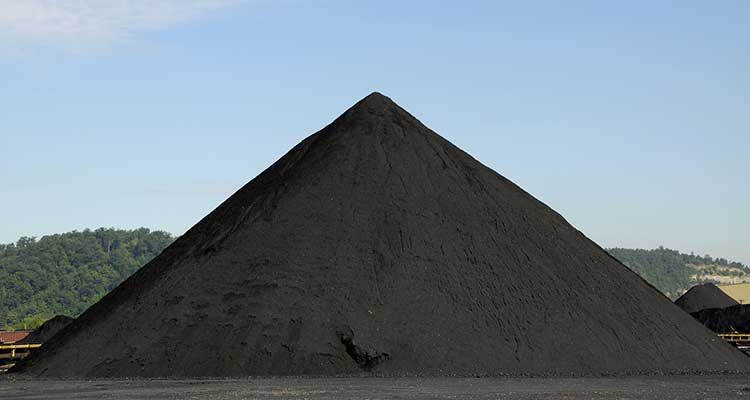Is your outdoor stockpile a cause for concern during inclement weather? It may surprise you, but your reserve actually needs protection year round, regardless of the forecast. Even if wet or stormy conditions aren’t a factor, materials stored outdoors are vulnerable to water, wind and UV sunlight damage. Whether you’re storing food; such as salt, corn, sugar or beets, or raw materials; such as limestone, coal, clinker, grain and sand, your best protection for your investment against the elements — and the best protection for the environment — is a stockpile cover. Maintaining outdoor stockpiles for all types of supplies has long been a practice, however, what’s relatively new is that industry and environmental professionals now recognize the commercial, operational and environmental benefits of protecting these goods with high quality stockpile covers. The primary reasons for covering your outdoor stored inventory include:
- Protecting your stockpile from rain, wind and UV erosion and damage.
- Preventing manufacturing downtime by keeping your inventory in prime condition.
- Impeding contaminated rainwater run off, wind blow dust and odor problems, making certain that you meet your environmental requirements and don’t irritate or inflict harm on your neighbors and community.
Protect your investment
Providing coverage for your stockpile will save your property from damage, regardless of the weather conditions. Consider for instance sandbags, which are often used in mass quantity for flood or traffic control. Sandbags are generally made of burlap, which will eventually rot outdoors if not covered or protected from the elements, no matter what those elements happen to be. A stockpile cover is also excellent for other raw materials, such as salt, sand, lime, grain, mulch, fertilizer and more. The fit of your cover is paramount to protecting your goods, so whether you choose a standard or custom cover, be sure it is fitted properly. A custom cover has the added benefit of being the exact size you need, which can end up being more economical than buying a cover that is ultimately too large or small. In addition to fit, be sure to get a cover with the strength to withstand harsh weather. Heavy duty, high-strength, puncture resistant, reinforced poly covers should last for years under normal conditions, and even come in a variety of colors.Protect the environment
Covers not only protect your inventory stockpile, but also reduce or eliminate stormwater pollution from materials and ensure compliance with stormwater regulations. Surrounding environments are also at risk from contaminated rainwater runoff, odor and windblown dust from inventory stored outdoors. A cover will prevent stormwater from washing over and across the exposed stockpile, becoming contaminated and carrying the polluted particles off the property.Best practices
It’s important to cover your stockpile at all times when you’re not working with the material. Other best practices for handling your stockpile include:- Minimizing the footprint.
- Keeping your stockpile as covered as possible.
- Avoiding dips and valleys at the top of your pile to prevent water and ice buildup.
- Making sure there is sufficient access for procurement and inspections.
- Storing materials away from high-traffic areas.
- Choosing a stockpile location that will remain undisturbed for the longest period of time.
- Placing sediment-control items, such as logs, rock socks, silt fence, straw bales and sand bags, around the perimeter of the stockpile.
- Locating the stockpile away from drainage courses, drain inlets or concentrated flows of stormwater.
- Keeping liquids and dry materials in separate locations.
- Ensuring that contaminated stormwater is not discharged directly to waterways, inlets and catch basins.




